Email Address enquiry@pellet-richi.com
Phone/Whatsapp 0086-13838389622
Email Address enquiry@pellet-richi.com
Phone/Whatsapp 0086-13838389622
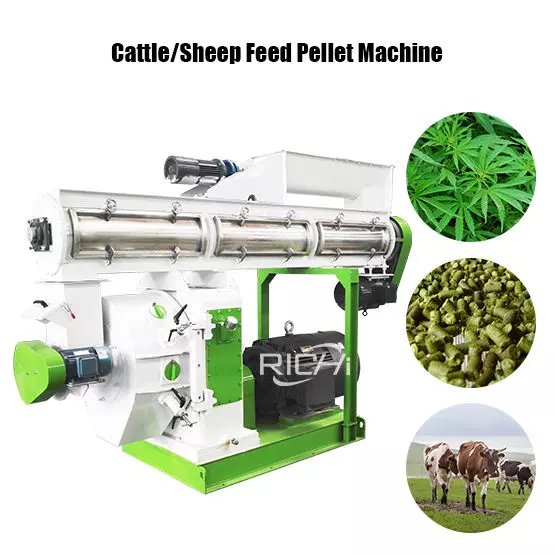
The cattle and sheep feed pellet machine is a ruminant feed pellet processing equipment, which can process hay, wet grass, alfalfa, straw, bagasse, maize and other raw materials into feed pellets suitable for dairy cows, beef cattle, sheep and goats. According to different feed configurations, it can process cattle and sheep feed pellets suitable for different growth stages. According to the type of feed, the ssheep/cattle pellet feed can be a complete compound feed, a concentrated feed or a rough feed.
The cattle and sheep feed pellet mill is mainly used in cattle feed mills, sheep feed production line, mutton feed mills, ruminant feed production line, livestock feed production line, compound feed mills and cattle and sheep farms of various scales.
The equipment can be used to process various types of outputs such as complete compound feed pellets, fermented feed pellets, grass feed pellets, etc., to meet various cattle and sheep feed raw materials and formula ratios. The mechanical parameters can also be adjusted according to different feed formulas and feed quality standards to meet the needs of different users.
Pellet feed is based on the needs of ruminants for nutrients such as crude protein, energy, crude fiber, minerals and vitamins. The crushed coarse feed, concentrated feed and various nutritional supplements are fully mixed to prepare pellets nutritionally balanced for ruminant feed. This cattle and sheep feed pellet machine is specially used to process ruminant animal feed such as cattle and sheep.
Feeding cattle and sheep with pellet feed is very beneficial to feed mill plants, cattle farms, sheep farms and breeding farms. The main difference of feed pellet machine design between this type and other types is the forced feeder, because many cattle and sheep feed formulas contain grass (hay, alfalfa, hemp, lucerne, straw, etc.).
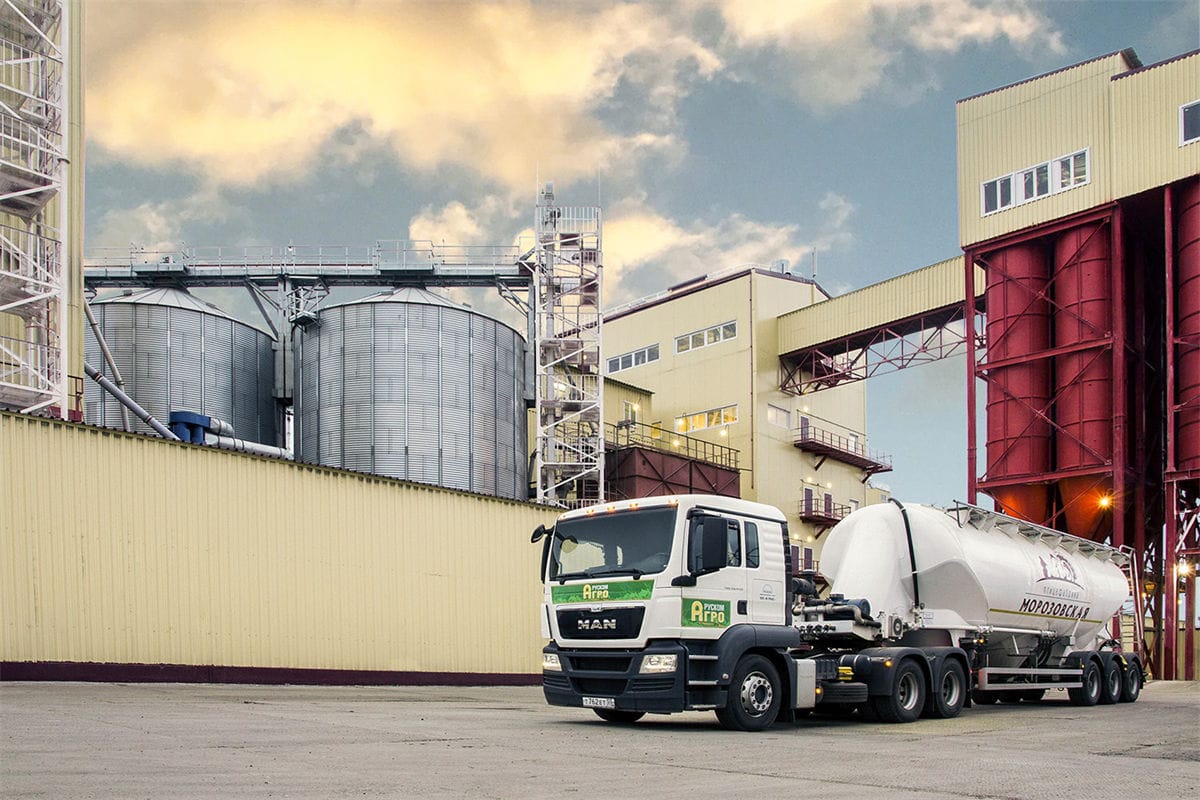
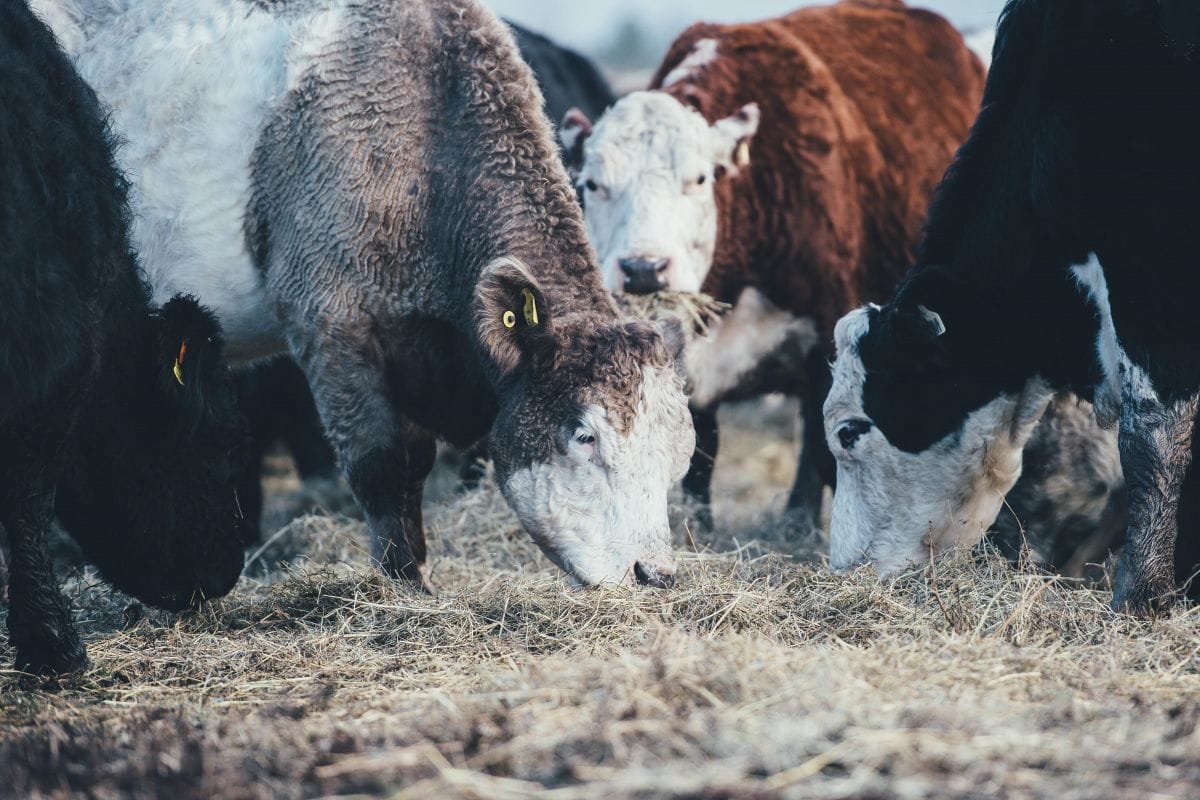

The cattle and sheep feed pellet machine is a multifunctional equipment. It can not only be used in animal husbandry, breeding and other agricultural industries, but also in food processing, pharmaceutical processing and chemical industries. It can effectively improve the nutritional intake of livestock, improve the production performance of livestock, and provide users with better services.
Cattle/Sheep Feed Pellet Machine is the core equipment in the pellet feed production process. Whether its performance is stable and its output is maximized compared with similar models directly affects the production efficiency and economic benefits of the cattle and sheep feed factory.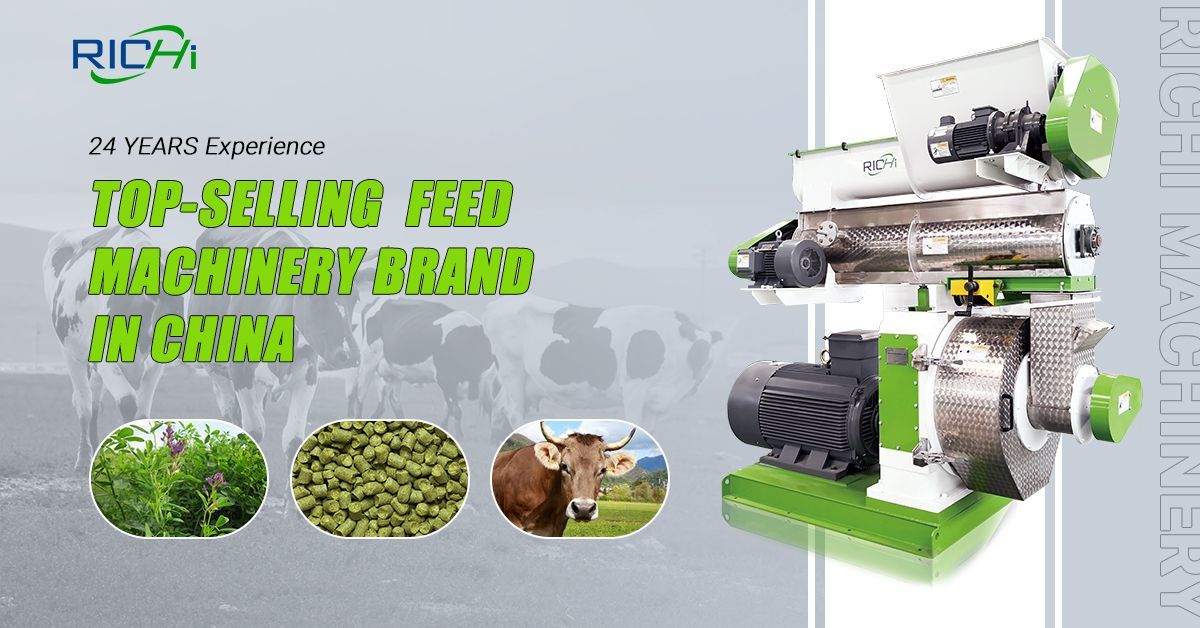








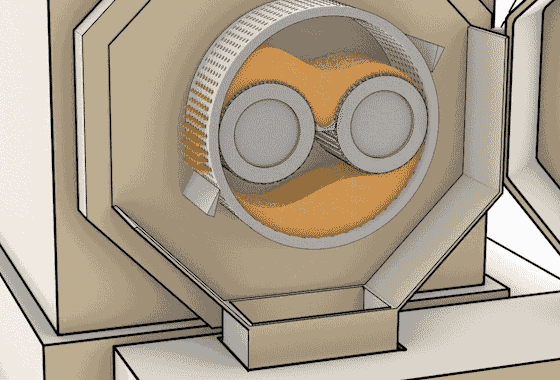
The major operations involved in the production of cattle sheep feed pellets are: raw materials preparation, primary crushing, molasses mixing, fine crushing, pelleting. If you want to build a complete sheep cattle feed plant, you also need cooling, sieving, packing and other sections. Only the process from raw materials to feed pellet formation is explained here.
Raw and auxiliary materials are first charged into silos and tanks where they are made ready for further processing. They are then processed by primary crusher. Crushed materials are further separated by means of a sieve, and then stored in the assorting tanks according to the kind of raw materials. The raw materials are then mixed by means of a feed mixer.
In this process, fatty ingredients are added to the materials in order to raise the nutritional value of the feed. The feed obtained from the mixer is blended with molasses. Assorted animal feed that is crushed into fine particles is further formed into pellets by a cattle sheep feed pellet mill.
| Model | SZLH250 | SZLH320 | SZLH350 | SZLH420 | SZLH508 | SZLH558 | SZLH678 | SZLH768 | SLZH858 |
| Output (t/h) | 1~2 | 3~4 | 5~7 | 8~12 | 10~18 | 15~25 | 20~30 | 25~40 | 28~45 |
| Main motor power (kw) | 22 | 37 | 55 | 110 | 160 | 180/200 | 220/250 | 250/280 | 315/355 |
| Main motor series | 4P | ||||||||
| Feeder power (kw) | 1.1 | 1.5 | 1.5 | 1.5 | 2.2 | 2.2 | 2.2 | 2.2 | 2.2 |
| Conditioner power (kw) | 1.5 | 2.2 | 3 | 7.5 | 11 | 11 | 11 | 11 | 15 |
| Ring die diameter (mm) | 250 | 320 | 350 | 420 | 508 | 558 | 673 | 762 | 858 |
| Finished pellet diameter (mm) | 2~12 | ||||||||
| Equipment Configuration | Ring die material: stainless steel Door cover of granulation room: 6mm /SUS304 Feed chute: 3mm /SUS304 Gear box: HT250 Gear: 42CrMo Gear shaft: 20CrMnTi Spindle: 42CrMo Empty shaft: 42CrMo Bearing: Import Oil seal: Germany/Taiwan Overload mechanical protection: safety pin Serpentine spring coupling drive Using Siemens Motor |
||||||||
| Model | Grass 10% Grain 90% (T/H) | Grass 20% Grain 80% (T/H) | Grass 30% Grain 70% (T/H) | Grass 40% Grain 60% (T/H) | Grass 50% Grain 50% (T/H) | Grass 60% Grain 40% (T/H) | Grass 70% Grain 30% (T/H) | Grass 80% Grain 20% (T/H) | Grass 90% Gran 10% (T/H) | Grass 100% (T/H) |
|---|---|---|---|---|---|---|---|---|---|---|
| 320 | 3.4 | 2.6 | 2.4 | 2.0 | 1.7 | 1.5 | 1.3 | 1.1 | 0.9 | 0.7 |
| 350 | 4.2 | 3.5 | 3.0 | 2.4 | 2.1 | 1.8 | 1.6 | 1.4 | 1.2 | 1.0 |
| 420 | 8 | 6 | 5.5 | 4.6 | 4.2 | 3.5 | 3 | 2.6 | 2.3 | 2.0 |
| 508 | 12 | 9.5 | 8 | 6.5 | 5.7 | 5.2 | 4.2 | 3.6 | 3.3 | 3.0 |
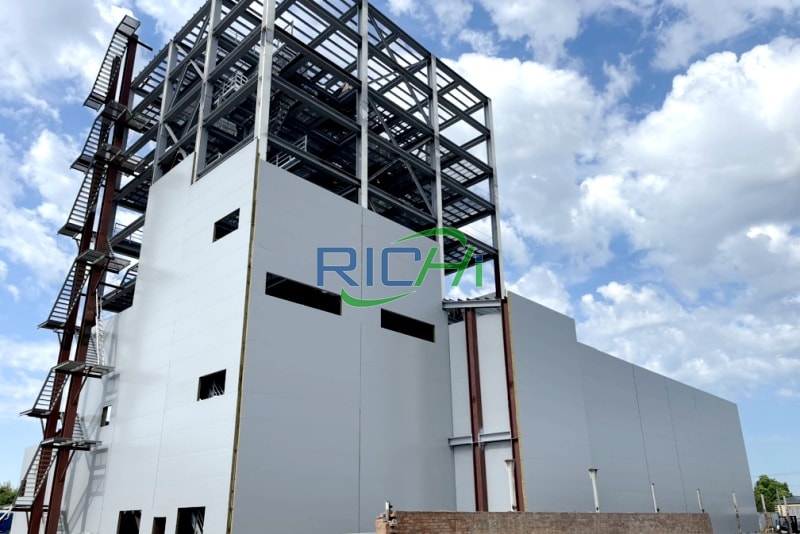
Cattle/Sheep Feed Pellet Machine Model: SZLH 508
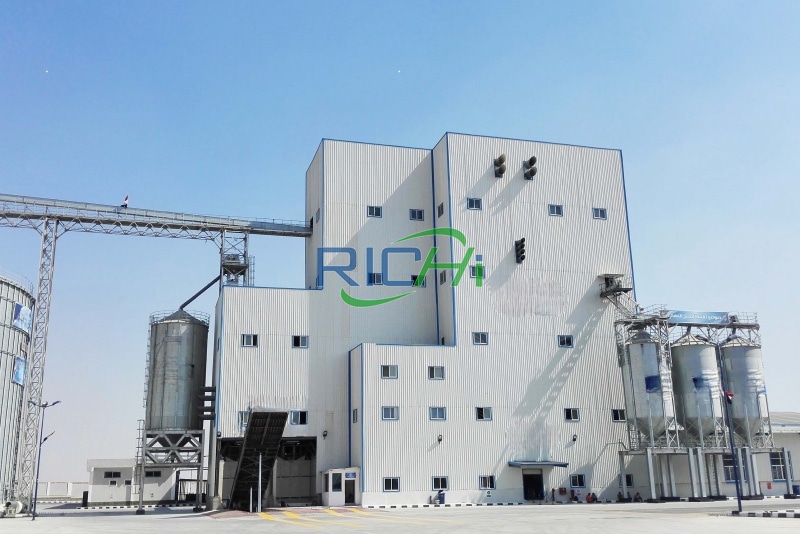
Cattle/Sheep Feed Pellet Machine Model: SZLH 768

Cattle/Sheep Feed Pellet Machine Model: SZLH 678
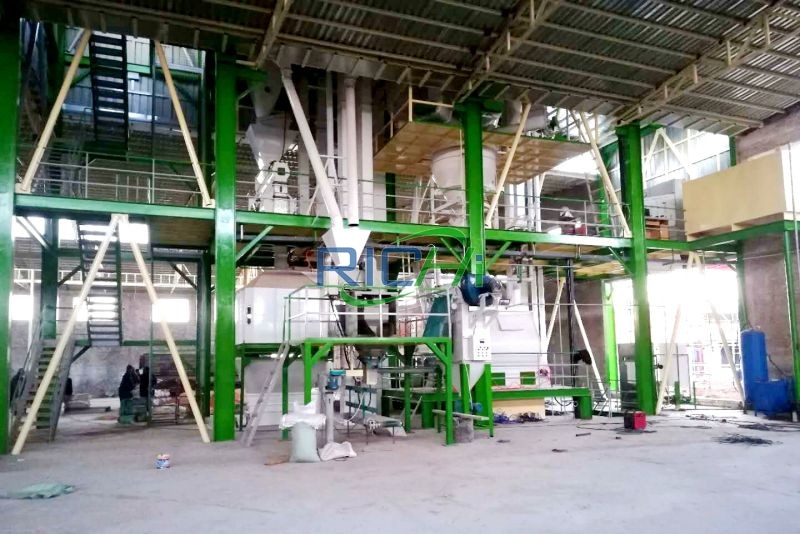
Cattle/Sheep Feed Pellet Machine Model: SZLH 420
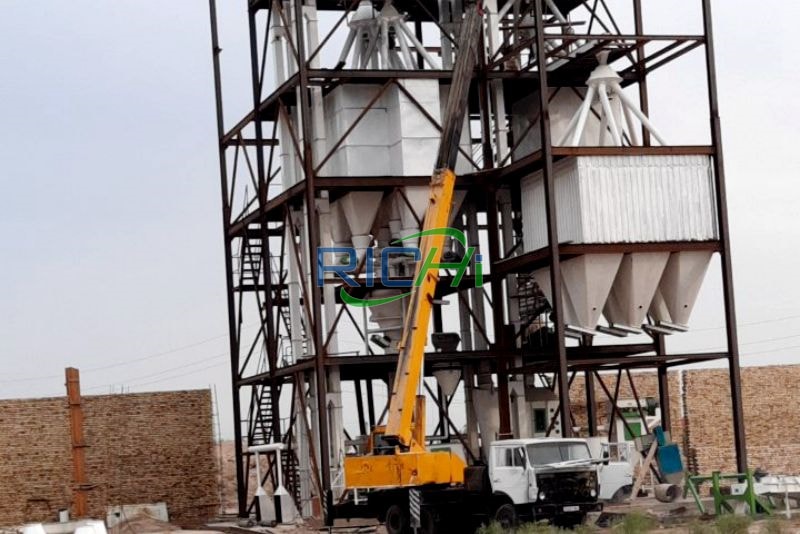
Cattle/Sheep Feed Pellet Machine Model: SZLH 420
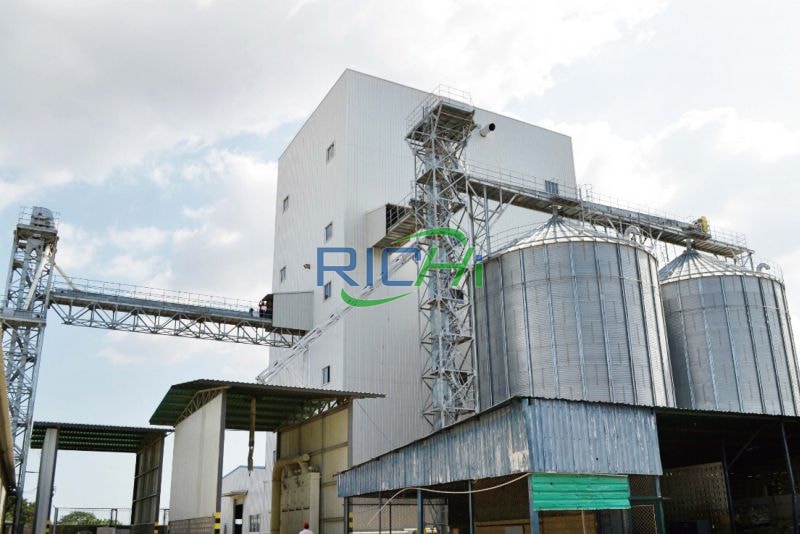
Cattle/Sheep Feed Pellet Machine Model: SZLH 558
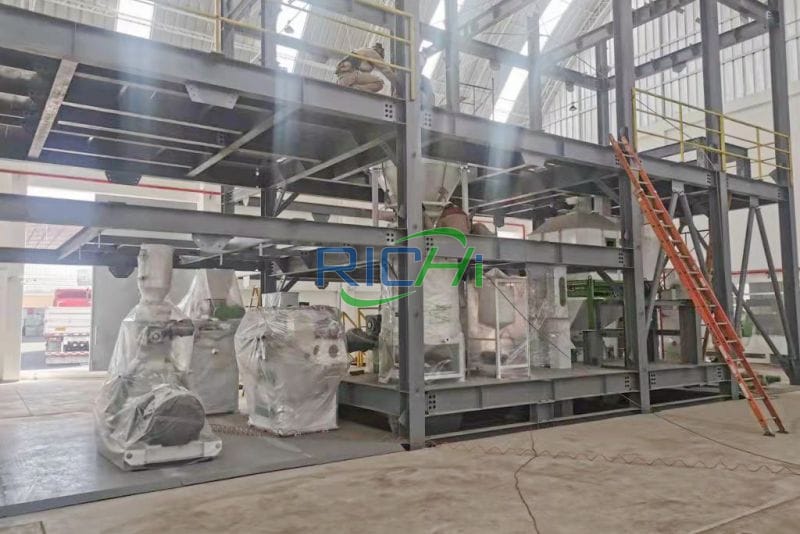
Cattle/Sheep Feed Pellet Machine Model: SZLH 350
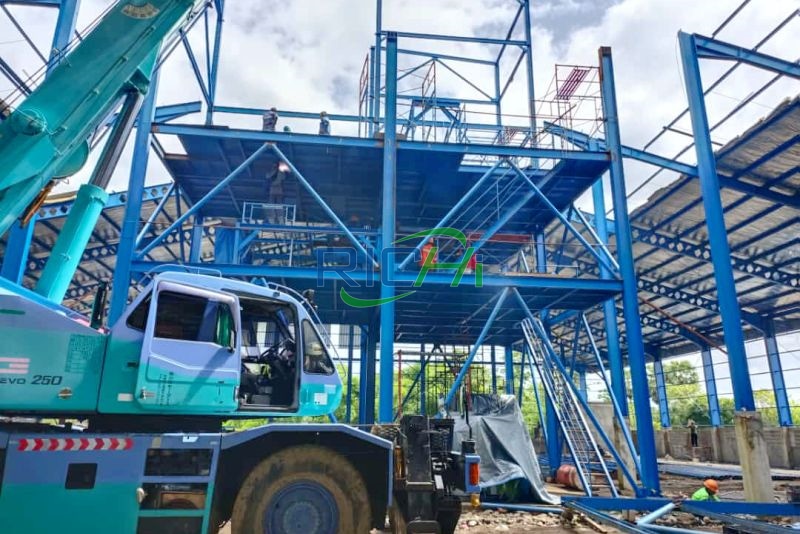
Cattle/Sheep Feed Pellet Machine Model: SZLH 420
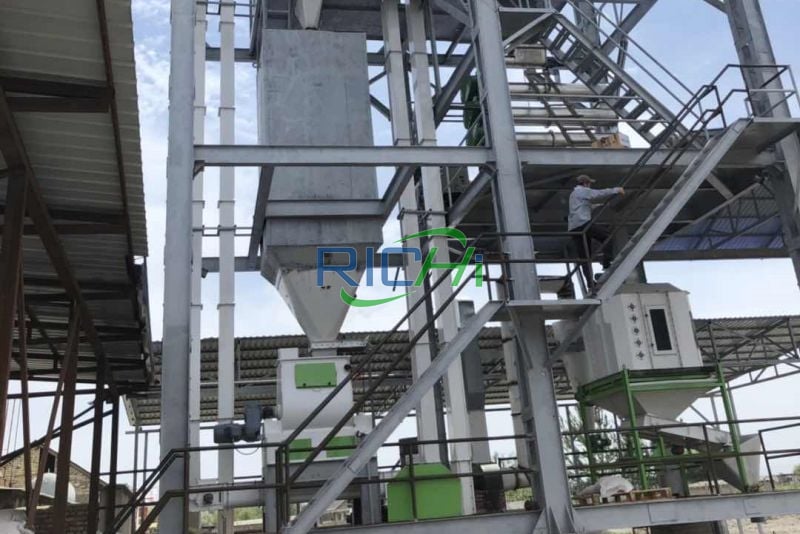
Cattle/Sheep Feed Pellet Machine Model: SZLH 420
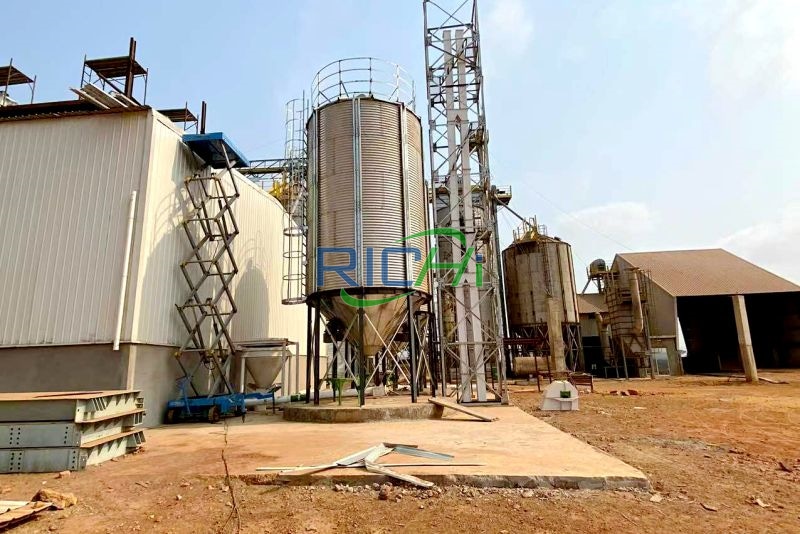
Cattle/Sheep Feed Pellet Machine Model: SZLH 350

Cattle/Sheep Feed Pellet Machine Model: SZLH 350
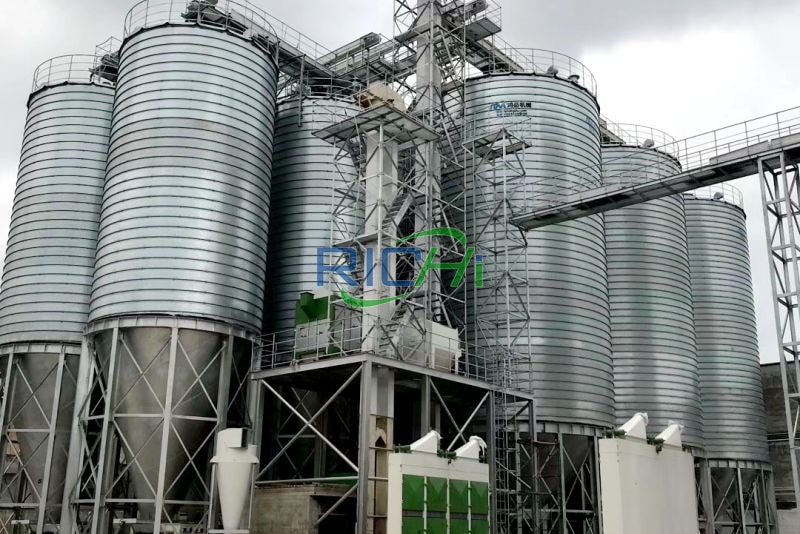
Cattle/Sheep Feed Pellet Machine Model: SZLH 678
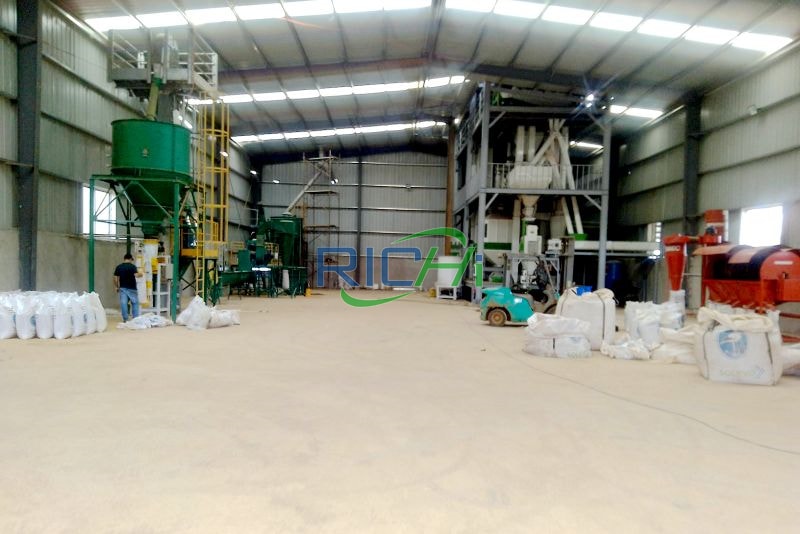
Cattle/Sheep Feed Pellet Machine Model: SZLH 320
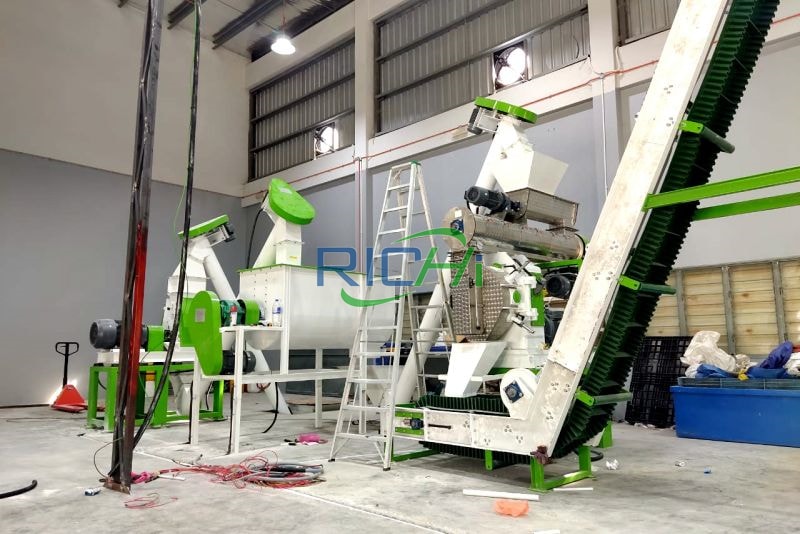
Cattle/Sheep Feed Pellet Machine Model: SZLH 320
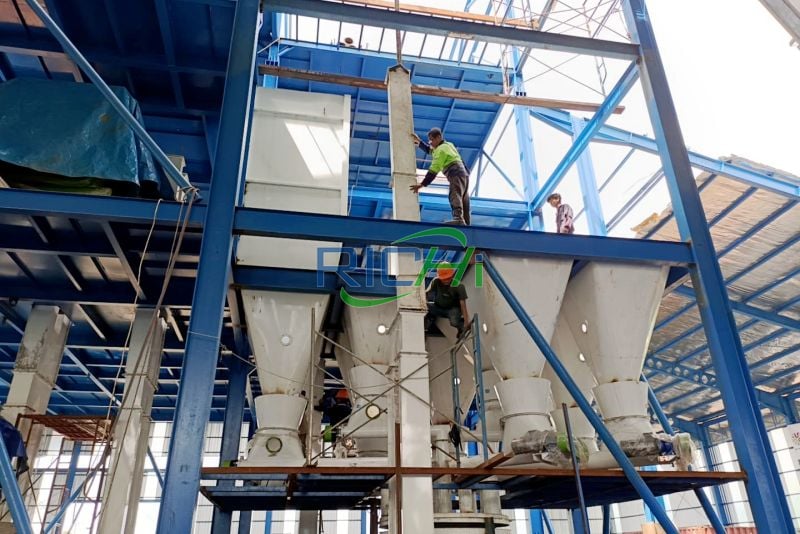
Cattle/Sheep Feed Pellet Machine Model: SZLH 420
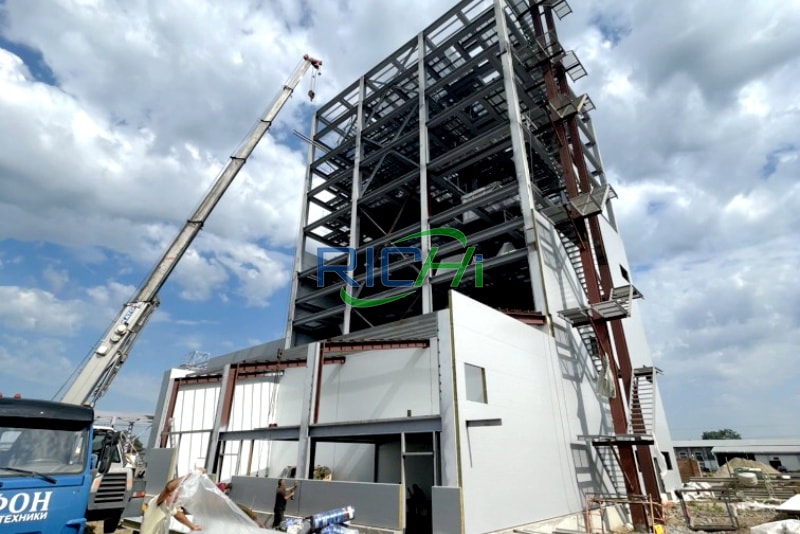
Cattle/Sheep Feed Pellet Machine Model: SZLH 508
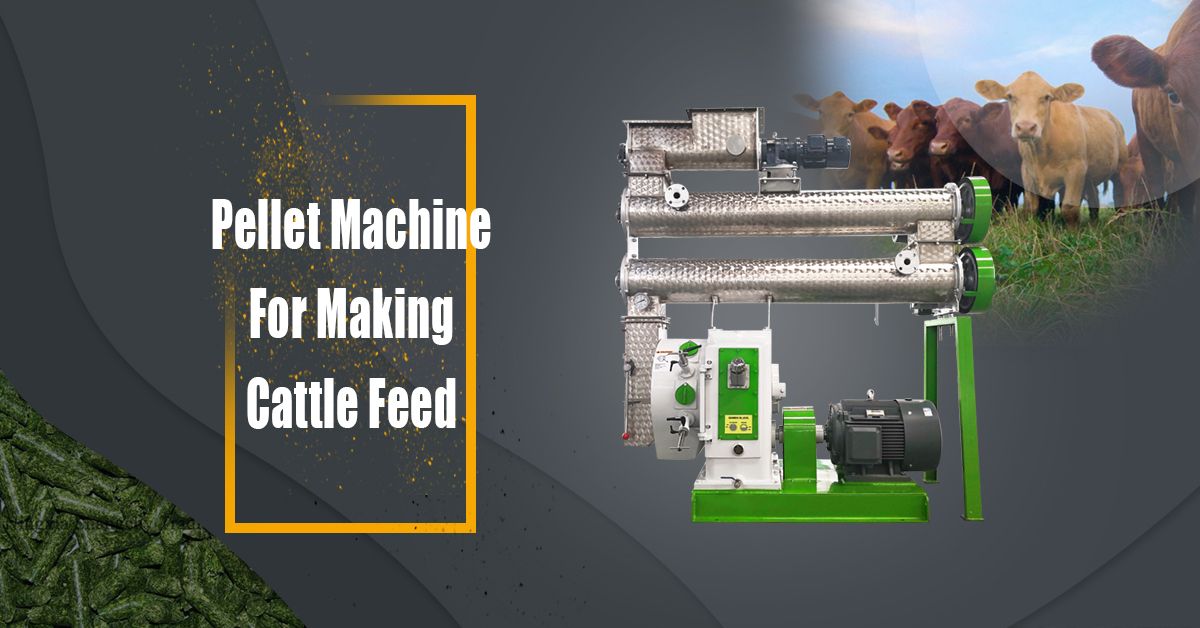
Sheep Cattle Feed Pellet Machine Price: FOB 7,000-100,000 USD
What's cattle and sheep feed pellet machine price? How much is a sheep cattle feed machine price? Because different customers have different requirements for pellets, there will be many differences in the details of our feed pellet machine design. Therefore, the actual animal feed pellet machine price for different projects are different.
Even if the customer wants to produce the same type of pellets, if the customer's feed formula, raw materials, and production technology are different, the feed pellet machine ring die, conditioner, etc. will be different.
Factors affecting the price of cattle and sheep feed pellet mills include:
In short, the price of cattle and sheep forage pellet machines is the result of multiple factors such as product quality and performance, product specifications and models, sales channels and market demand, enterprise costs and profit margins.
Cattle and sheep feed manufacturers need to find a balance point to meet market demand while ensuring product quality and enterprise profits.
The production process of powdered feed for ruminants such as cattle and sheep is basically the same as the general poultry and livestock feed production process, that is, raw material receiving, crushing, ingredients, mixing and packaging. When producing special pellet feeds for cattle and sheep, corresponding special processes and feed processing equipment are required.
Your raw materials can be bales of various specifications, grass with high moisture content, straw, bagasse, beets, sunflower shells, peanut shells, etc. No matter what your raw materials are, no matter what your formula is, we can customize the most suitable cattle and sheep feed processing technology for you.
When producing compound feed for ruminants, the raw materials include grass meal in addition to general grains, protein feed and minerals. Grass meal is a powdery raw material obtained by pulverizing dry forages. Its bulk density is small and it takes up a large volume. According to the characteristics of the grass meal, the pneumatic conveying system is adopted to receive it, which can increase the output and prevent the grass meal from flying around during the conveying process.
The grass meal batching bin adopts a large outlet and is equipped with a multi-screw screw feeder to send the grass powder to the batching scale in proportion. Multi-screw screw feeders generally consist of 9 to 10 screw feed augers side by side. Due to the formation of a larger feed area, it can effectively prevent grass meal from arching in the silo, and at the same time increase the output of grass meal ingredients.
For sheep/cattle feed manufacturing plants that do not have a special conveying device for grass meal, in order to prevent grass meal from flying around or arching in the silo during the ordinary raw material conveying device, the hay required for compound feed can be crushed according to the actual situation, and then proportional if it is prepared, it is directly put into the mixer and mixed with the fine material supplements, so as to improve the output and quality of grass meal ingredients. In addition, talcum powder can be added to the grass powder to increase the specific gravity of the grass powder and make it difficult to fly everywhere.
Pelleting technology is the most critical and complex central link in the cattle sheep pelleting project of sheep cattle feed production lines, which directly affects the quality and output of pellet feed.
Conditioning process
Conditioning is the most important link in the pelleting process of cattle and sheep feed. The quality of conditioning is an important factor affecting the quality of pellet feed. The powdered feed prepared according to the nutritional needs of ruminants such as cattle and sheep enters the conditioner from the silo, and steam is passed into the conditioner to condition the material.
In the production of complete feed for cattle and sheep with high fiber content, the amount of steam passed through during conditioning and the temperature of the material after conditioning are slightly lower.
Granulation process
The quenched and tempered material is first removed by the security magnet, and then evenly distributed between the pressing roller and the pressing die, so that the material enters the pressing area from the feeding area through the pressing area, and is clamped into the die hole by the pressing roller to continuously squeeze.
Shaped into a columnar feed, as the die rotates, it is cut into pellets by a cutter fixed on the outside of the die. The pellets after cooling by the cooler can enter the pellet crumbler to be crumbled into small pelletss or directly screened as needed. The cattle sheep feed pellets are sieved with a rotary grading sieve, and the pellet feed that meets the specifications is sent to the finished product warehouse and then packed.
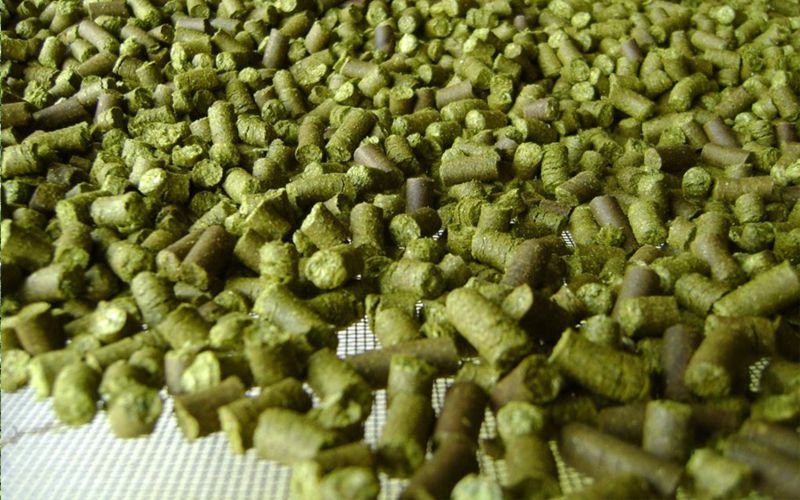
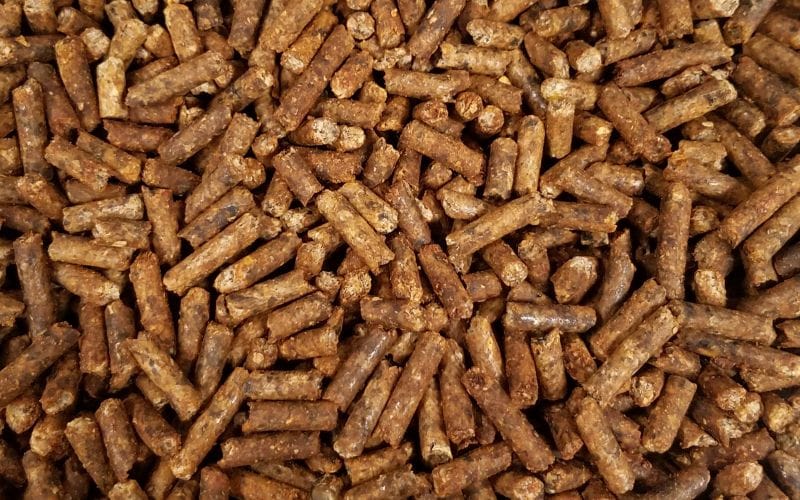
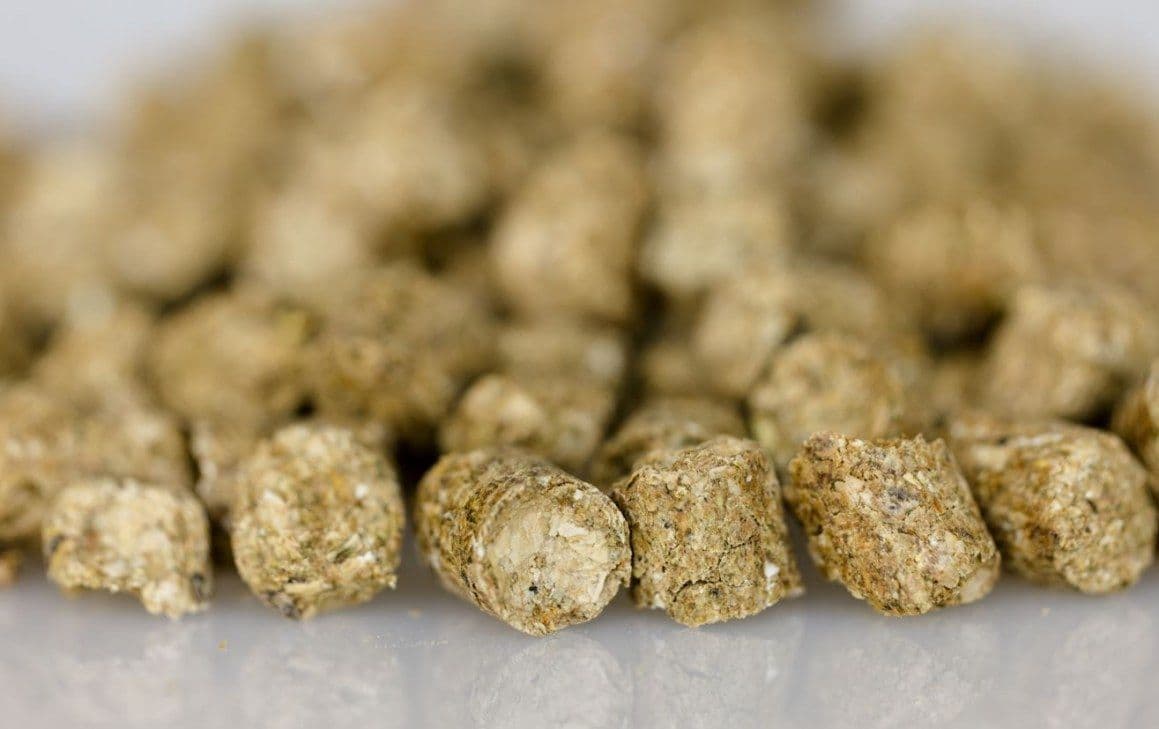
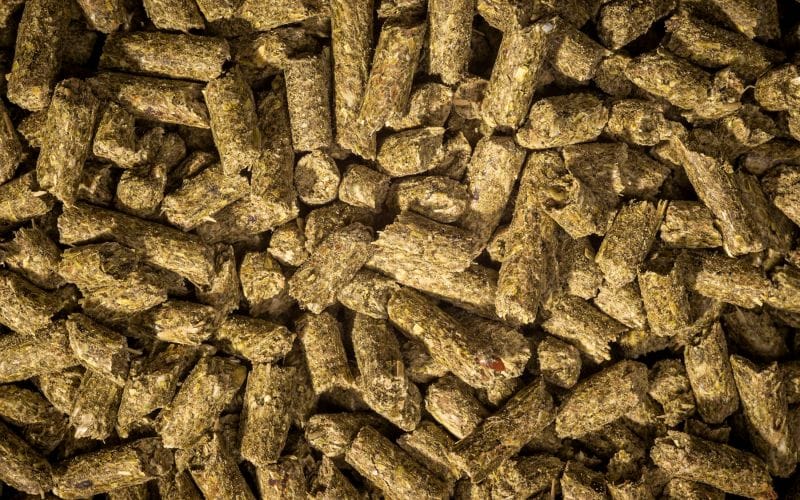
Cattle sheep feed making machines mainly includes bale breakers, forage grinders, mixers, stirrer equipment, hay cutters, grass kneaders, sheep cattle feed pellet making machines, coolers, screening machines, baling scales, conveying equipment, cleaning equipment, dust removal equipment, Silo systems, automated control systems, etc.
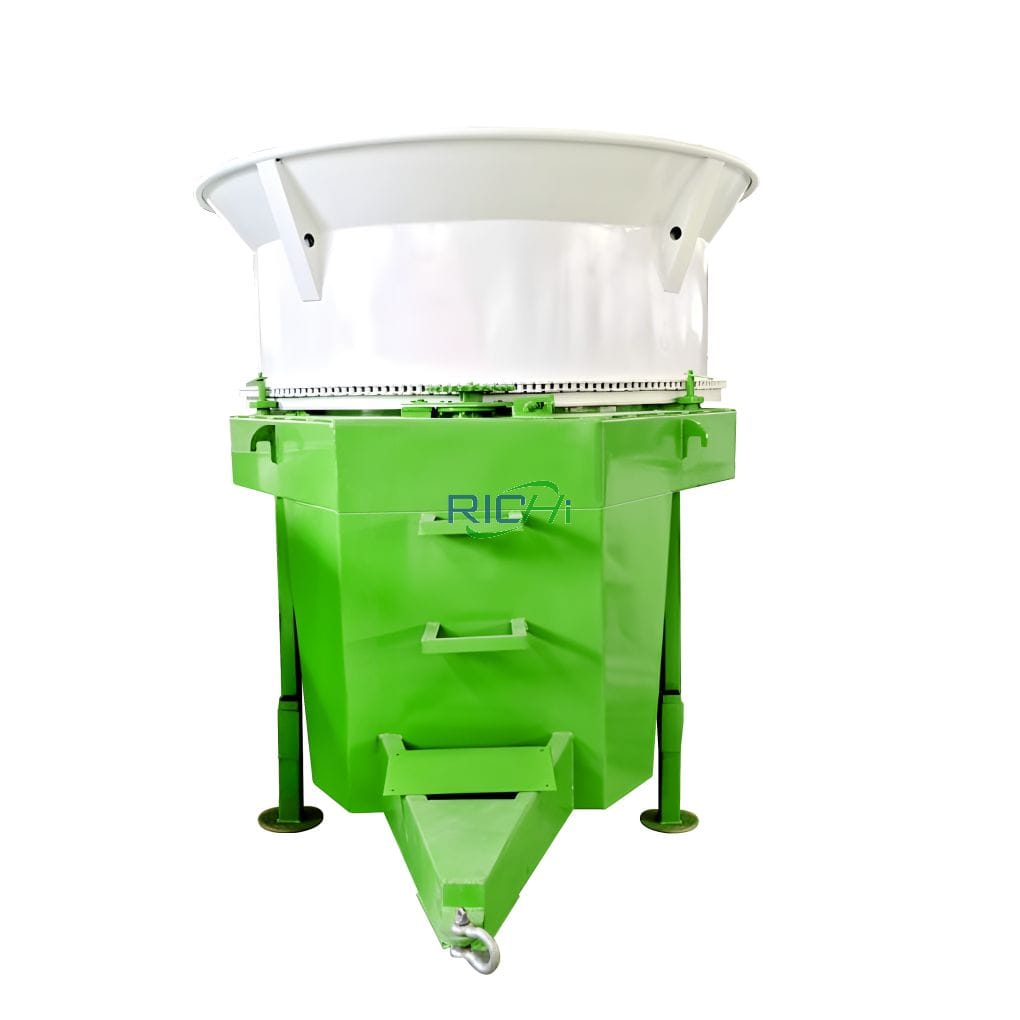
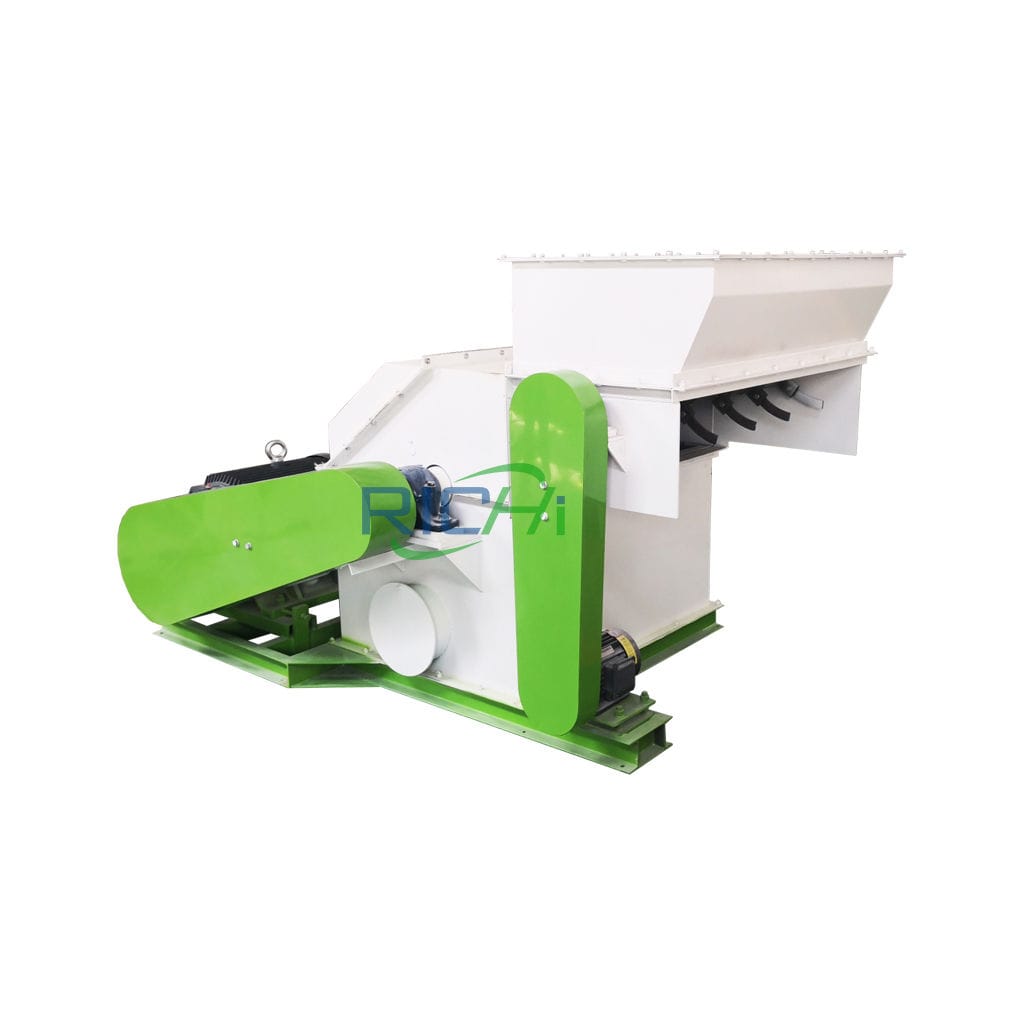

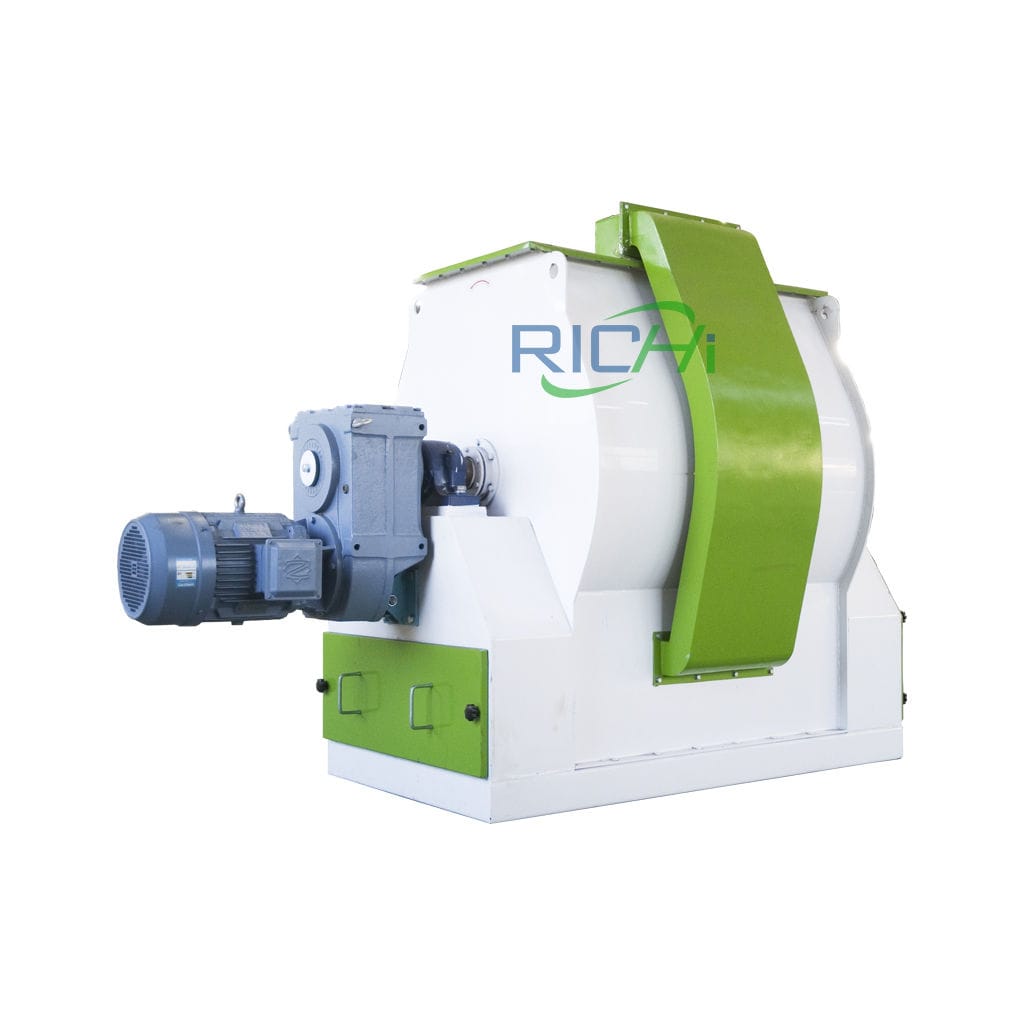



The performance of cattle and sheep feed pellet machines is one of the important factors in selection, and the performance of different pellet machines will also vary. When choosing a feed pellet machine, you must first consider the applicability of the pellet machine, and choose the corresponding pellet machine model according to the requirements of actual production.
In addition, you also need to consider the energy consumption of the pellet machine, and choose a pellet machine that can save energy and reduce consumption and has a high cost performance.
The production capacity of cattle and sheep feed pellet machines is one of the important factors to consider when choosing cattle and sheep feed pellet machines. Generally, the greater the production capacity, the higher the price of the pellet machine.
Therefore, it is necessary to select pellet machines of different specifications and configurations according to the requirements of actual production to meet production needs.
The quality of cattle and sheep feed pellet machines is one of the important factors to consider when choosing a pellet machine. When choosing a pellet machine, you need to consider the overall manufacturing process of the pellet machine, component materials, component quality, technical parameters and other information, and choose a cattle and sheep feed pellet machine with higher quality.
At the same time, you also need to consider the later use and maintenance of the pellet machine, and choose a pellet machine that is easy to repair and maintain.
In summary, choosing a suitable pellet mill for cattle and sheep feed requires considering many factors, including performance, production capacity, quality, etc. Only by comprehensively considering these issues can we choose a suitable pellet mill to better meet production needs.
Because the pelletization of feed can improve the palatability of feed, increase the digestion and utilization of nutrients, avoid picky eaters, and reduce feed waste, it is very common to feed ruminants such as cows and sheep with complet feed pellets. However, there are certain differences between the animal feed production process for cattle and sheep and the livestock feed production process.
The important factor that affects the pelleting effect of cattle and sheep feed is the raw material characteristics. Different raw materials have different characteristics, which will directly affect the output and quality of pellet feed. Therefore, different forms and different degrees of processing are required in the cattle sheep feed pelleting process.
Protein and density
Sheep and cattle feed raw materials with higher natural protein have better thermoplasticity and cohesiveness under proper heating conditions, and will produce better quality pellets for cattle and sheep, while raw materials with higher density or feed production will have higher production yields .
If the protein content and density of a raw material are both high, it can have higher yield and quality; if the protein content is low and the density is high, it may be the yield is higher but the quality is not good; and when the protein content is high and the density is high when it is very low, it will produce high-quality pellets with a lower output.
Roughage in the feed of ruminant animals such as cattle and sheep generally contains 12%-16% protein, and contains a lot of soft substances and low grain content. This type of sheep cattle feed making raw material has a low ability to absorb moisture, so the amount of steam added should be low to keep the temperature of the powder below 60℃ and keep the maximum moisture content between 12% and 13%. If the above standards are exceeded, the pellets out the cattle sheep feed pellet processing machine ring die will be swelled and broken.
Fat
The fat contained in a raw material or feed itself and a small amount of fat added are conducive to the formation of pellet feed. The fat helps to increase the production capacity and play a lubricating effect. But if too much fat is added (up to 2% or higher), the quality of feed pellets will be affected.
Fiber and bulk density
If the fiber content in the feed material is too high, it is difficult to be compressed into pellets, but due to its inherent binding ability, high-quality pellets can be produced with this material, and the fiber content is too high (10%-15 %), it is not easy to squeeze, and it is formed through the die hole. Bulk density is also a factor that determines yield.
Generally, low bulk density results in low yield, and high bulk density results in higher yield. For the roughage in ruminant feed, the crude fiber content is high, the bulk density is small, the fluidity of the material in the feed pelleting process is poor, and the pelleting is relatively difficult. Corresponding measures must be taken according to its characteristics to effectively control the pellets' quality after pelleting.
Starch
The raw material or the starch in the raw material can make the starch's natural adhesiveness work under the conditions of high temperature and high humidity, and produce high-quality, firm and durable pellet feed. The higher the starch content in the feed, the easier the pellets are shaped, and the higher the pelleting yield.
Moisture
The moisture of the raw material has a certain effect on the granulation. The water content of the raw material is low, the extrusion resistance is large, the output is low, and the energy consumption is high. Appropriate moisture is beneficial to the formation of dry roughage materials. It is very necessary to add enough water before granulation to obtain good pellet durability.
Crushing is another important factor affecting granulation in animal feed production for cattle and sheep feed. The crushing particle size mentioned here is for concentrated feed. The fineness of crushing of concentrate for cattle and sheep can exceed 2 mm. Our recommended "Requirements Before Entering Cattle Sheep Feed Pellet Machine" is 3-5mm.
Because cattle and sheep can ruminate, a coarser feed is good for ruminating and improves the digestibility of feed. The feed for old cattle and sheep can be crushed to within 1 mm to facilitate digestion. While considering the types of livestock and poultry, the fineness of crushing must also be considered: the fat-rich grain feed such as corn, oats, etc. cannot be crushed too finely and stored for too long to avoid rancidity and deterioration.
If the ring die specification of the cattle sheep feed pelleting machine does not match the feed type, it will affect the quality and productivity of the pellets produced. Using the same specification animal feed pellet machine ring die to pellet different kinds of raw materials will result in unstable product quality and production efficiency.
Therefore, it is necessary to select specific specifications of ring dies according to the characteristics of different feeds to ensure the pelleting quality. Generally, the following factors should be considered when choosing a ring die.
Cattle sheep feed pellet machine ring die material
Ring die is generally made of carbon steel, alloy structural steel or stainless steel through forging, machining, drilling die holes and heat treatment. Carbon steel, alloy structural steel or stainless steel can be selected as the material of the ring die for pelleting cattle and sheep roughage.
Carbon steel ring die has poor corrosion resistance, alloy structural steel and stainless steel have good corrosion resistance. At present, most of our cattle and sheep feed pellet machine ring dies are made of all stainless steel. We have also customized ring dies of other materials for individual customers based on actual feed manufacturing processes.
Ring die compression ratio
Under the premise of selecting high-quality ring die, the appropriate die hole form, aperture ratio and compression ratio should be selected according to the raw material variety, moisture and output of the cattle and sheep feed.
On the premise of ensuring the strength of the ring die, try to increase the opening rate of the ring die, but it should be noted that the ring die wall is too thin to cause the ring die strength to be insufficient and the bursting phenomenon should be under the premise of ensuring the effective length of the die hole, increase the thickness of the ring die and open more pressure relief holes.
Usually feed producers adjust the specific compression ratio according to the requirements of feed quality. For example, choosing a slightly lower compression ratio is beneficial to increase production, reduce energy consumption, and reduce wear of the sheep cattle feed machine ring die, but it will reduce the quality of the feed, and the pellets are not enough. Strong, loose appearance, different lengths, high powdering rate of feed.
A high compression ratio is beneficial to the quality of the pellets. The appearance of the pellets is smooth and shiny, and the pulverization rate is low, but it will increase the production cost of the product.
Generally, the compression ratio of the pelletizing ring die for cattle and sheep feed is about 1:6:1:9. The greater the compression ratio of the ring die, the greater the extrusion force of the material, and the material is not easy to pelletize.
Linear speed of cattle sheep feed making machine ring die
Appropriate ring die linear speed is very important to ensure the quality of pellets. If the linear velocity is too high, the particles will leave the ring die with great centrifugal force. When they collide with the inner wall of the pelleting chamber, they will split, increase the powder content, and waste energy. The line speed is too low, the material is easy to block the ring die, and it is difficult to discharge the material.
Roughage has a high fiber content. The fiber can be softened by adding steam or water to improve the pelleting effect. Generally speaking, the tempering temperature and steam pressure of roughage is lower than that of ordinary feed. Therefore, proper control of the addition of steam or water is beneficial to improve the quality of pellets after granulation.
Generally, steam is used to make the material reach an ideal conditioning, that is, the temperature is kept below 60 ℃, and the maximum water content is maintained at 12%-13%. The residence time in the tempering room is more than 30-40s.
In short, steam modulation is the most important factor for obtaining high-quality pellets with high productivity and low cost, and the addition of steam can increase the output of almost all feeds compressed by the ring die cattle sheep feed pelletizer, but there are several exceptions, such as mineral feeds and urea. Feeds and other feeds containing large amounts of whole milk powder, whey powder and sugar.
The characteristics of the press roller of the cattle sheep pellet feed machine also have a certain impact on the pelleting of coarse feed. Due to the characteristics of small bulk density and poor fluidity of coarse feed, straight groove and chute-shaped press rollers are generally selected during pelleting to facilitate the delivery of materials to the extrusion zone.
In addition, the pelleting of coarse feed is not only related to the above factors, but also related to the transportation, cleaning, and mixing of materials. To make good cattle and sheep feed pellets, we must pay attention to every detail related to pelleting to ensure the quality and production efficiency of pellets.
Precautions for using a cattle sheep pellet mill:
When choosing a cattle and sheep feed pelletizing machine, the first thing to look at is the safety and quality of the equipment. A good manufacturer should not only have the qualification to produce feed equipment, but also have products that have passed international safety certification. Remember to check the product technical parameters and safety instructions to ensure the safety of feed production.
The price of cow cattle and sheep goat feed pellet making machine is of course an important factor that cannot be ignored. Although we cannot just pursue low prices, reasonable cost-effectiveness is what every customer expects. In addition to the purchase cost of the equipment, we must also consider the subsequent maintenance and maintenance costs, so that we can truly save worry and effort.
What should I do if there is a problem with the equipment? A good manufacturer will provide professional after-sales service, including equipment warranty and timely repair. At the same time, we must also understand the daily maintenance and maintenance methods of the equipment to keep the cattle and sheep feed pellet machine in good condition.
Different feed mills and farms have different needs. A good manufacturer should be able to provide a variety of cattle and sheep feed pellet mills and customized feed production lines to meet all production needs.
Moreover, they should also have an innovative spirit, constantly develop new equipment and technologies, so that your cattle and sheep feed production equipment and production lines can be continuously upgraded.
When choosing a cattle and sheep feed pellet machine manufacturer, you can look at the user's evaluation and case analysis. Real feedback can help us better understand the reputation and service level of the manufacturer and avoid pitfalls.
Finally, we must also pay attention to the production capacity and qualifications of the cattle and sheep feed pellet machine manufacturer. Strong production capacity, compliance with laws, regulations and industry standards are important bases for choosing a manufacturer.


Introduction of RICHI
Strength certification
Richi Machinery is a professional manufacturing enterprise integrating scientific research and development, manufacturing, sales and service. We have developed and manufactured multifunctional pelletizers, grinders, mixers, dryers and more than ten categories and more than 30 models of complete machine products are widely used in feed, biomass, organic fertilizer, pet supplies, solid waste recycling, chemical industry, road construction and other fields.
All RICHI products have passed ISO9001:2008 international quality system certification, EU CE certification and Customs Union CU-TR certification, successfully serving more than 2,000 customers in more than 100 countries and regions around the world.
In RICHI, every equipment and every pellet production line business plant can be customized. We will formulate multiple sets of pellet production process plans for comparative analysis according to the actual needs of customers, select a reasonable plan, and realize private customization.
Our services run through all aspects of on-site terrain and environment survey, production line process design, raw material testing, cost requirement analysis, project investment budget, equipment installation and commissioning.




Quality Control
Richi Machinery
We adhere to the ISO9001 quality management system, and strictly implement international standards for product design and manufacturing processes. In terms of management systems, there are product quality accountability systems, product quality accountability systems, and safety production management systems; in terms of management tools, QC quality control management, SPC statistical process control, sampling inspection and measurement system analysis are used for quality control, to achieve effective control of the entire process of equipment production, and never let go of any quality hidden dangers that may affect customer operations.

RICHI has always been adhering to the spirit of craftsmanship to make every detail good, especially in the link of equipment preparation and delivery, we follow the standardized process: preparation order check-equipment factory quality inspection-packing list re-inspection-scientific packaging and transportation, ensure the safe and non-destructive delivery of equipment.
According to customer needs, RICHI installation engineers will guide the construction of site infrastructure, equipment installation and commissioning and trial operation of the entire production line throughout the process. When the relevant project indicators reach the design standards, the client will carry out the project acceptance.









After-sales And Training
Richi Machinery
We have built a team of nearly 100 technical engineers to solve a series of problems in the project from consultation, site survey, sample analysis to plan design, installation and commissioning, and maintenance. We provide comprehensive and systematic training for the technical staff of each customer to better serve the customer's project needs.
After the technicians have finished their studies, RICHI will provide follow-up technical support services, and the training engineers will follow up the project use effects in the later stage to ensure the stable operation of the customer's project.